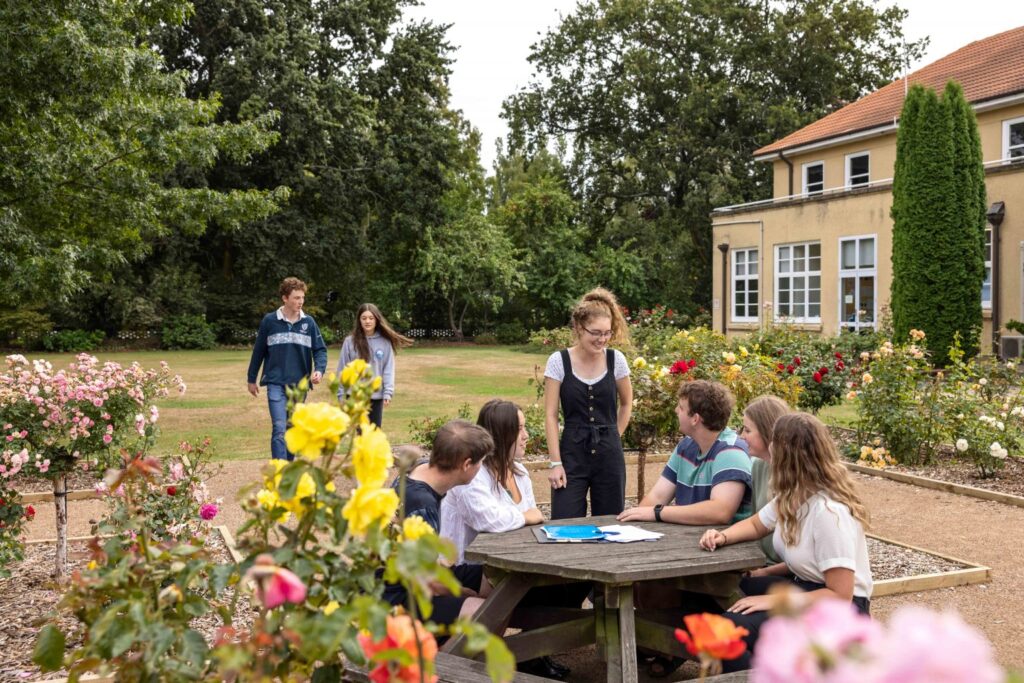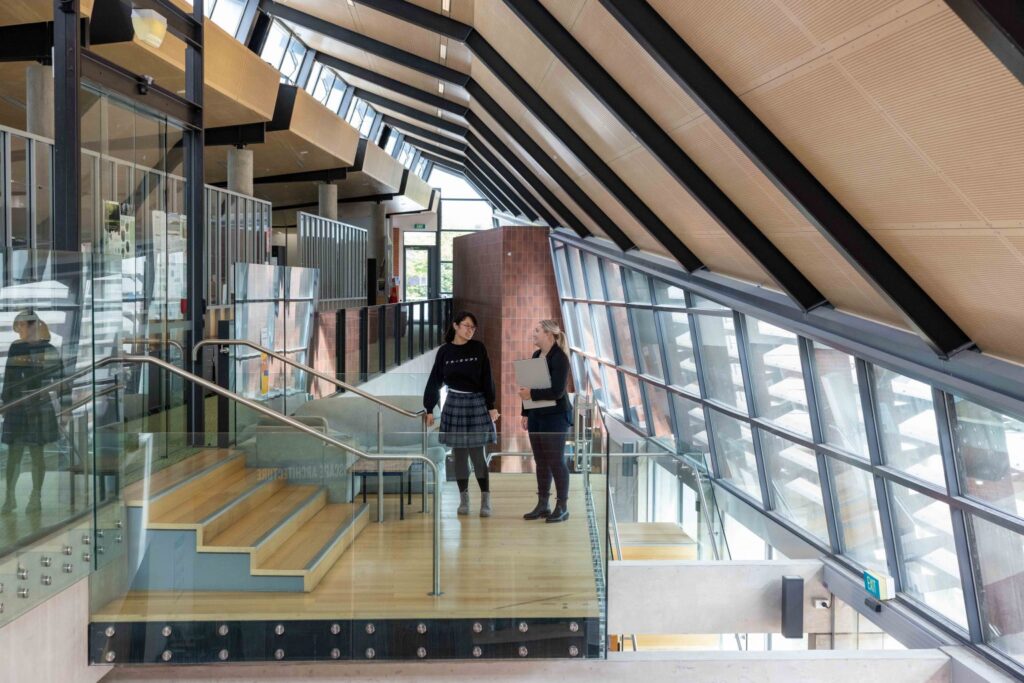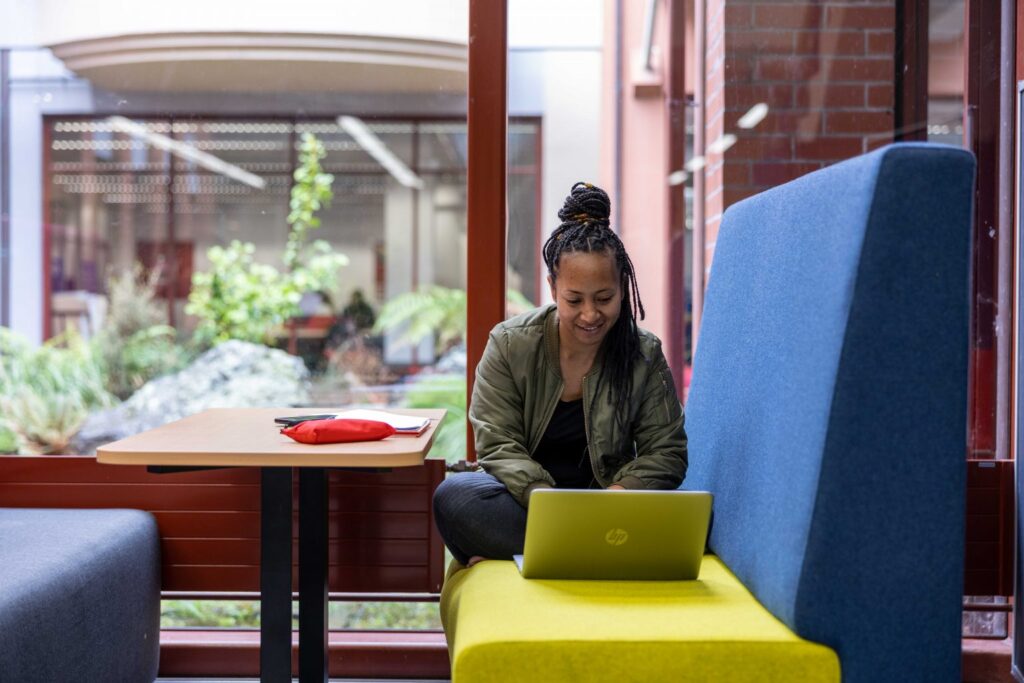Tertiary institutions all across the world struggle with providing accurate, timely data regarding the utilisation of their campuses and facilities. Because this data is vital to running campuses as efficiently as possible, Lincoln University enlisted Aware Group’s help to automate how they collect and report information in order to optimise space usage. With the support of Aware Group and Aware AI for Facilities Utilisation, Lincoln University has been able to automate people counting, optimise their facilities, and make fact-based decisions to reduce operating costs.
Across New Zealand’s tertiary education sector, enormous change is underway. Not only is a new vocational training delivery model being developed, Covid-19 has accelerated the adoption of new technologies to assist with learning. At the same time, it has also underscored the importance of physical learning spaces that build connections and a sense of community. In the modern era, tertiary campuses are increasingly becoming thriving social hubs that fulfil a host of needs for students beyond class time, and invite the wider community to engage with the institution in shared spaces.
To understand the magnitude of this change, outline exactly how facilities are being used and enable the right resources to be put in place, it’s important to have reliable data.
Universities report regularly on their usage of facilities to the Tertiary Education Facilities Management Association (TEFMA), which means organisations in the sector can benefit from each other’s learnings and ensure their facilities are being used as effectively as possible. Until 2020, this reporting required a member of staff to walk around different rooms on campus, manually count how many people were there, and report back.
Not only was this time-consuming and expensive, it didn’t account for regular (and sometimes dramatic) fluctuations through the semester or year. Staff might report anecdotally about attendance dropping in week 5 of the semester, or when it was raining, for example, but there was no reliable way for that to be proven. As it planned for a programme of new building work and modernisation, Lincoln University was looking for a way to create a more accurate picture of how its spaces were being used, so it could ensure it was delivering exactly what its education community needed.
“We were doing enough to cover our compliance needs,” Fiona Taylor, Director of Information Technology Services at Lincoln University, says. “But the data had little use beyond that. It was very difficult to predict room occupancy and build timetables in an efficient way.”
So the University approached Aware Group to build a modern system that would optimise spending, reduce the manual work involved in counting heads and allow for more informed decisions that would make the experience of being at Lincoln even better for staff and students alike.

Making Every Room Count
The solution that we designed for Lincoln University to keep track of room occupancy in real time puts cameras in teaching spaces, which take snapshots of the room every five minutes. The product’s People Counting module counts heads using a custom machine learning system, which can even track how people move through a space to show where they’re spending most time.
Privacy was of utmost importance. Not only were students informed of the changes, Aware Group understood the need to protect their privacy at all times and ensure data could not be used for any purpose other than tracking headcounts.
Aware and Lincoln took a number of steps to ensure this. The cameras themselves are hardwired into the network, and are secured with the same safeguards as Lincoln’s existing CCTV network. The images only sit in the Azure environment for a few days before they’re deleted, and any access to the small archive is heavily audited to make sure that the images are only ever used for checking accuracy or re-training the model for edge cases.
The solution was trialed in three lecture rooms as a proof of concept in 2019, and has since been rolled out to 30 rooms at Lincoln’s Te Waihora campus. Tests showed that its accuracy is on par with manual counting – but counts happen 24,000 times more often.
“Our people counting solution is an improvement on a manual process in nearly every way,” says Jeff Brown, Solutions Manager at Aware Group. “It’s less expensive, much more frequent, and just as accurate.”
The picture Lincoln University gets of its campus is now incredibly detailed. Not only has it taken all the time-consuming manual work out of its TEFMA requirements, Lincoln’s team can view all the aggregated data from the cameras in near-real time. A dashboard built in Power BI shows the occupancy of each room as well as trends over time.

The Future of Facilities Management
Having the system in place has allowed Lincoln to start thinking bigger about the possibilities of data. The University is now working with Aware Group to develop a reporting system that allows them to make the most of their new wealth of information.
The next step is to integrate the data with the timetabling system. Previously, decisions on room allocation were made based on educated assumptions, but once the data from the headcounting solution is integrated with the timetabling system, Lincoln’s team will have much more confidence that they are scheduling classes in the right place, at the right time.
“Universities are being dramatically changed by new technologies,” says Dimi Mardas, Higher Education Industry Executive at Microsoft New Zealand. “We’re excited to see the capabilities of Azure being put to use modernising and transforming Lincoln’s timetabling and facilities management systems. It’s a blueprint for all tertiary organisations in Aotearoa New Zealand, with the potential not only to make the allocation of resources much more efficient, but enable much better planning and better experiences for everyone on campus.”
The information will also prove useful for health and safety purposes. While the data is completely anonymised, knowing how many people are in each room has obvious benefits should an emergency arise – something many local residents will appreciate, following the region’s devastating earthquakes a decade ago.
Lincoln’s new wealth of data will also inform its 10-year facilities refresh plan, which commenced in 2019. Having strong data will allow any new or revamped facilities to provide students with the best possible experience, avoiding over- or underfilled rooms.
“We have a hunch that we’re short on rooms that cater for 50-70 people, for example,” says Fiona, “but until now we’ve never been able to prove it definitively. This data means we’ll know for sure.”
Now, any new facilities will reflect the ways the current campus is really being used. Instead of guessing what students want, Lincoln can build rooms that work for how their students actually interact with their spaces.
Head counts may seem like something small, but they’re exactly the kind of thing that can make a big difference when all the data is added together. Not only does education happen in the classroom – these days, the classroom can share some valuable lessons of its own.

